Telescope
A telescope is an optical instrument that magnifies distant objects and makes them appear closer and larger. It works by collecting and focusing light to create a magnified image. Telescopes are commonly used for astronomical observations, but they can also be used for terrestrial viewing, surveillance, and various scientific applications.
Types of Telescopes
There are several types of telescopes, each designed for specific purposes:
- Refracting Telescope: This type of telescope uses lenses to bend and focus light. It has a long tube with an objective lens at one end and an eyepiece at the other end.
- Reflecting Telescope: In contrast to refracting telescopes, reflecting telescopes use mirrors to gather and focus light. They have a large concave mirror at the bottom of the telescope that reflects light to a smaller, flat mirror, which in turn reflects the light to the eyepiece.
- Catadioptric Telescope: These telescopes use a combination of lenses and mirrors to form an image. The most common example of this type is the Schmidt-Cassegrain telescope.
Parts of a Telescope
Telescopes consist of several key components:
- Objective Lens or Primary Mirror: This is the part that gathers and focuses light from the observed object.
- Eyepiece: The eyepiece magnifies the focused image created by the objective lens or primary mirror.
- Tube: The tube holds the optical elements of the telescope and provides a structure for mounting and aligning the components.
- Mount: The mount holds the telescope and allows it to be directed toward different objects in the sky.
How Telescopes Work
Telescopes work based on the principles of optics. The objective lens or primary mirror collects light rays from a distant object and brings them to a focus. The eyepiece then magnifies this focused image, allowing the observer to see the object in greater detail.
Study Guide
If you're studying telescopes, here are some key points to focus on:
- Describe the difference between refracting and reflecting telescopes.
- Explain how a telescope gathers and focuses light to form an image.
- List and describe the main parts of a telescope.
- Discuss the different applications of telescopes, including astronomical and terrestrial uses.
- Research the history of telescopes and the contributions of famous astronomers to the development of telescopic technology.
Understanding telescopes and their functions can open up a world of exploration and discovery, whether it's observing distant galaxies or studying the details of objects on Earth.
.◂Science Worksheets and Study Guides Fourth Grade. Plant Structure and function

 Worksheet/Answer key
Worksheet/Answer key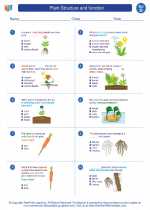
 Worksheet/Answer key
Worksheet/Answer key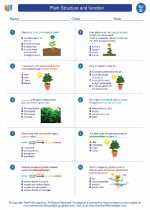
 Worksheet/Answer key
Worksheet/Answer key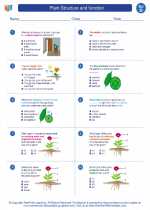
 Vocabulary/Answer key
Vocabulary/Answer key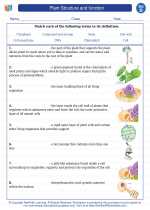
 Vocabulary/Answer key
Vocabulary/Answer key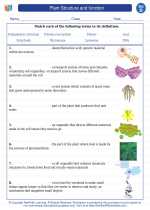
 Vocabulary/Answer key
Vocabulary/Answer key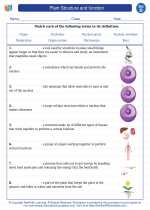
 Vocabulary/Answer key
Vocabulary/Answer key
